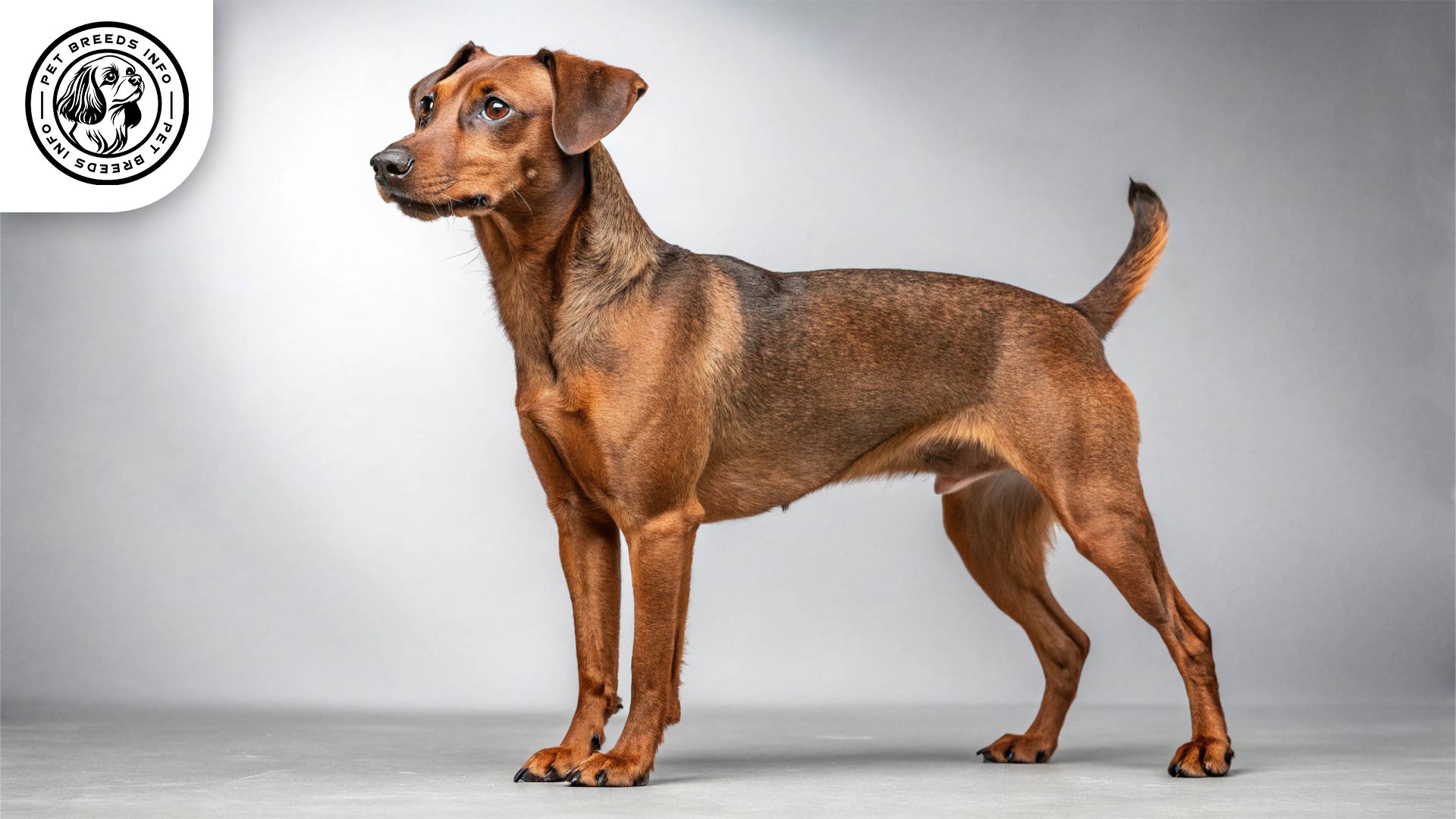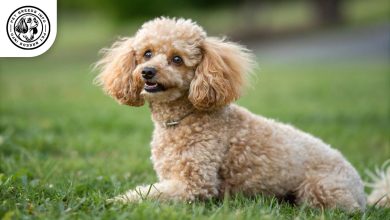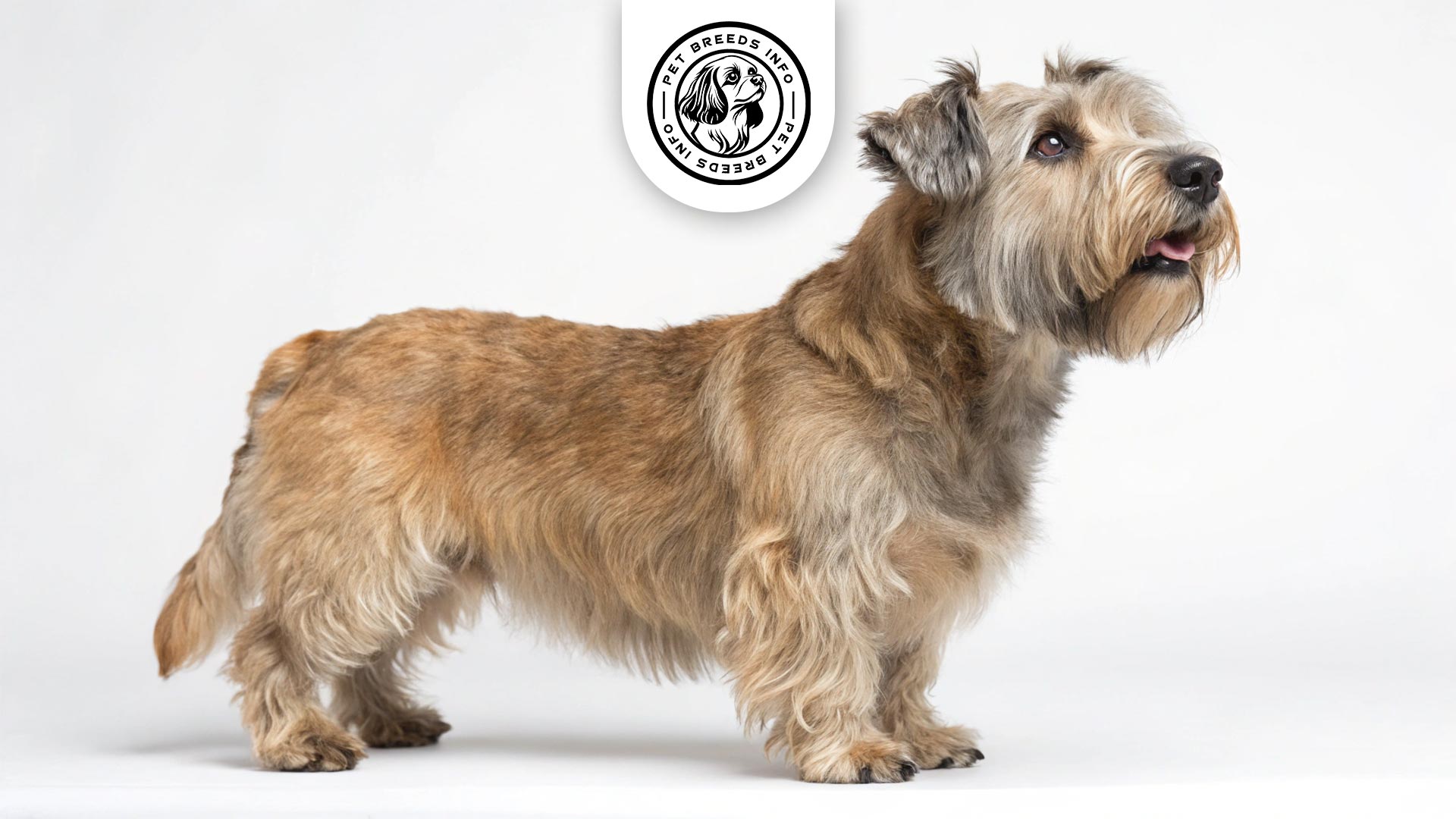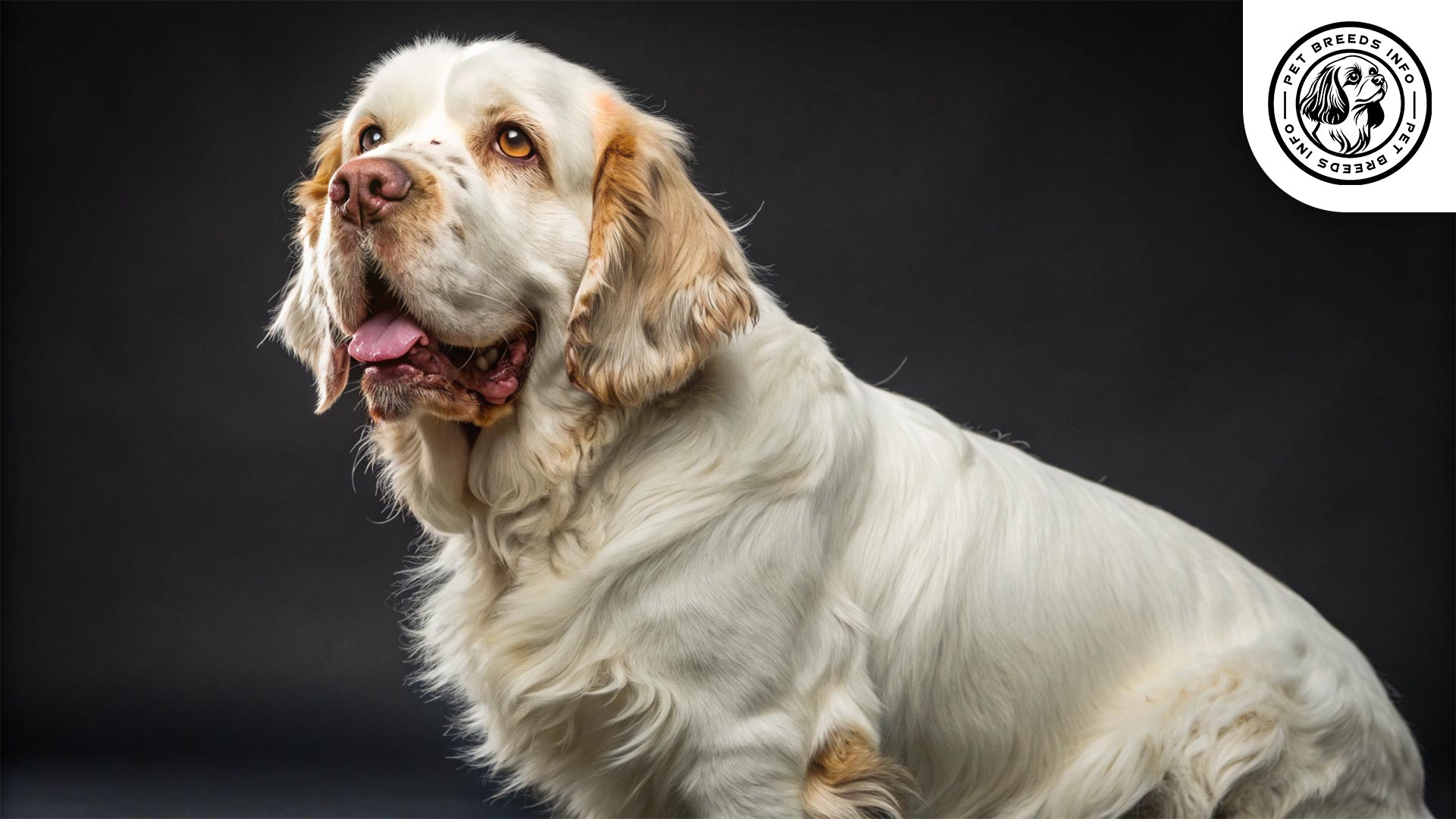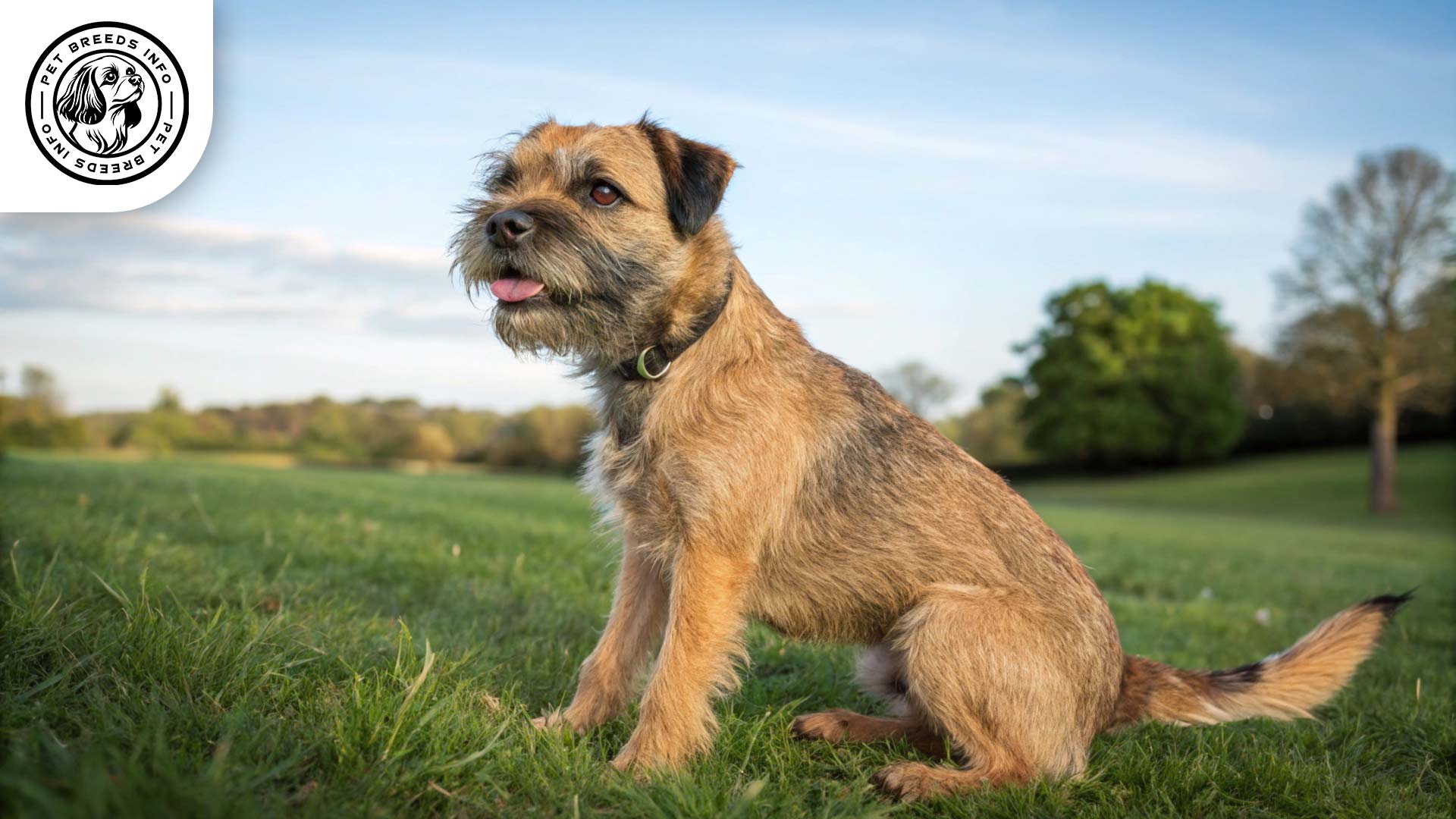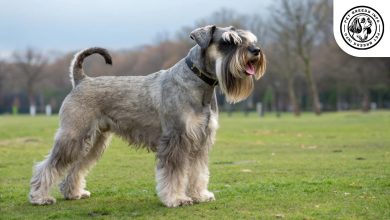Austrian Pinscher Dog Breed: Size, Price & Personality
General Introduction of the Breed
The Austrian Pinscher, known in German as “Österreichischer Pinscher,” is a rare and versatile breed that originated in Austria. This breed was initially developed for farm work, offering both companionship and protection against vermin and intruders.
Historically, the Austrian Pinscher traces back to the early 20th century when it was bred from local farm dogs. It almost faced extinction in the mid-1900s but was revived by dedicated breeders. Today, it remains a rare but beloved breed known for its intelligence, agility, and loyalty.
Table of Contents
| Weight | 26-40 lbs |
| Lifespan | 12-14 years |
| Diet | High-quality kibble, wet food, or raw diet |
| Care | Daily exercise, minimal grooming, regular vet check-ups |
| Health | Prone to hip dysplasia, heart disease, and progressive retinal atrophy |
| Color | Fawn, reddish-brown, black, brindle (often with white markings) |
| Nature | Loyal, energetic, intelligent |
| Price | $800 – $1,500 |
Physical Characteristics
The Austrian Pinscher is a medium-sized dog with a sturdy, well-muscled body. Males typically reach a height of 17 to 20 inches (44 to 50 cm) and weigh between 26 to 40 pounds (12 to 18 kg), while females are slightly smaller.
The coat is short, dense, and smooth, requiring minimal grooming. Common colors include fawn, reddish-brown, black, or brindle, often accompanied by white markings on the chest and paws.
Its eyes are of medium size, oval-shaped, and dark brown. The ears are set high, typically V-shaped, and either naturally flopped forward or slightly erect. The tail is either naturally short or curled over the back when the dog is at rest.
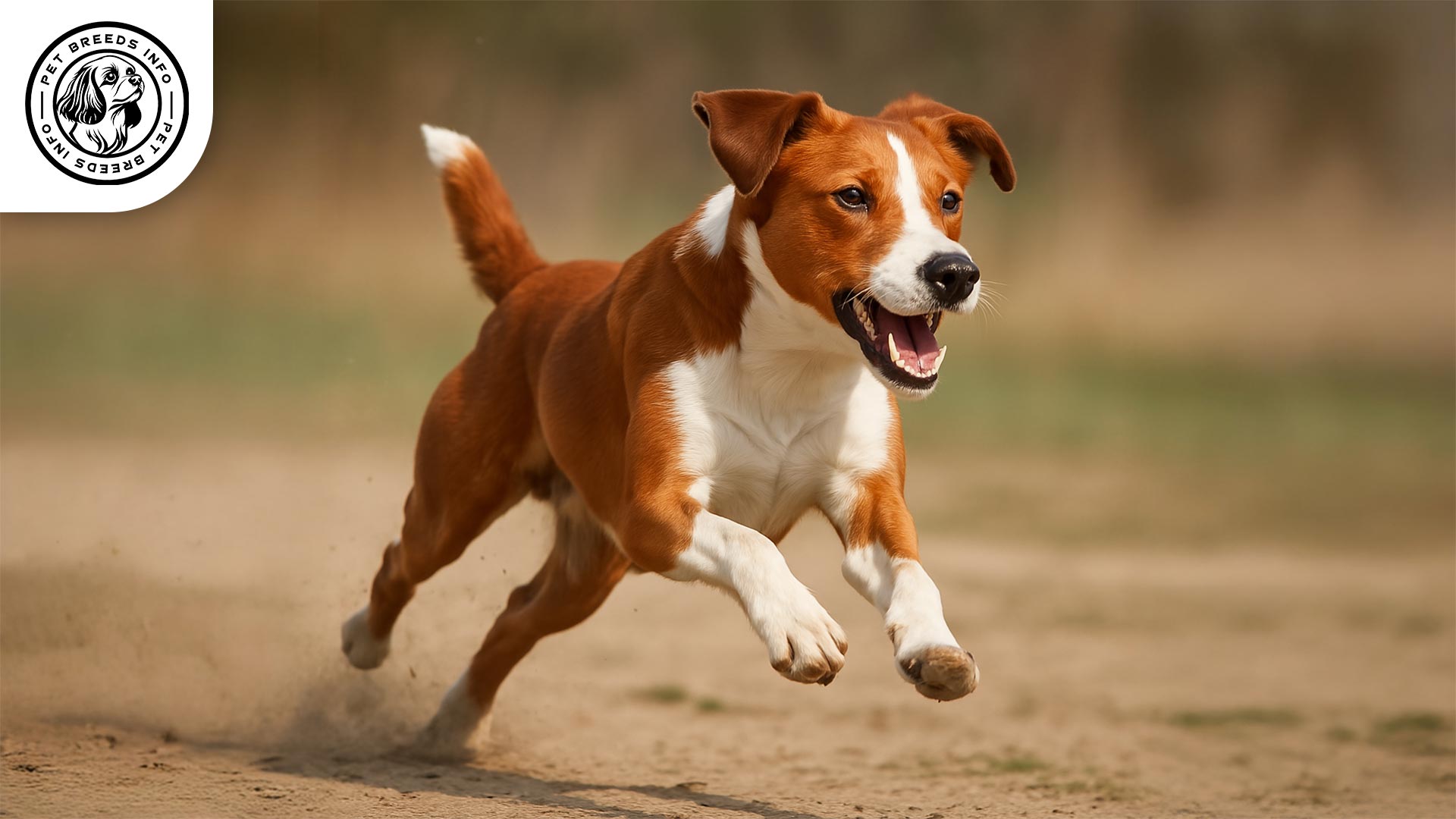
Personality and Temperament
The Austrian Pinscher is highly intelligent and quick to learn, making it easy to train. However, it has an independent and strong-willed nature, requiring consistent guidance.
Energetic and lively, this breed needs regular exercise and mental stimulation to stay happy and well-behaved. It forms strong bonds with its owners and is known for being affectionate and protective.
The Austrian Pinscher is social but can be wary of strangers. It is excellent with children and can get along with other pets when properly socialized. Due to its guarding instincts, it may exhibit territorial behavior when not trained appropriately.
It has a playful streak but can also be sensitive to environmental changes, requiring a stable and structured atmosphere.
Care and Maintenance Requirements
This breed has high exercise needs and requires daily walks, playtime, or agility training. A home with a yard is ideal, but it can adapt to apartment living with sufficient physical activity.
The coat is low-maintenance, with minimal shedding. Weekly brushing will keep it in good condition. Grooming should include regular nail trimming, ear cleaning, and dental care.
Read More: Greenland Dog
This breed is generally resilient but may be sensitive to extreme cold or heat. Ensure a comfortable indoor space during harsh weather conditions.
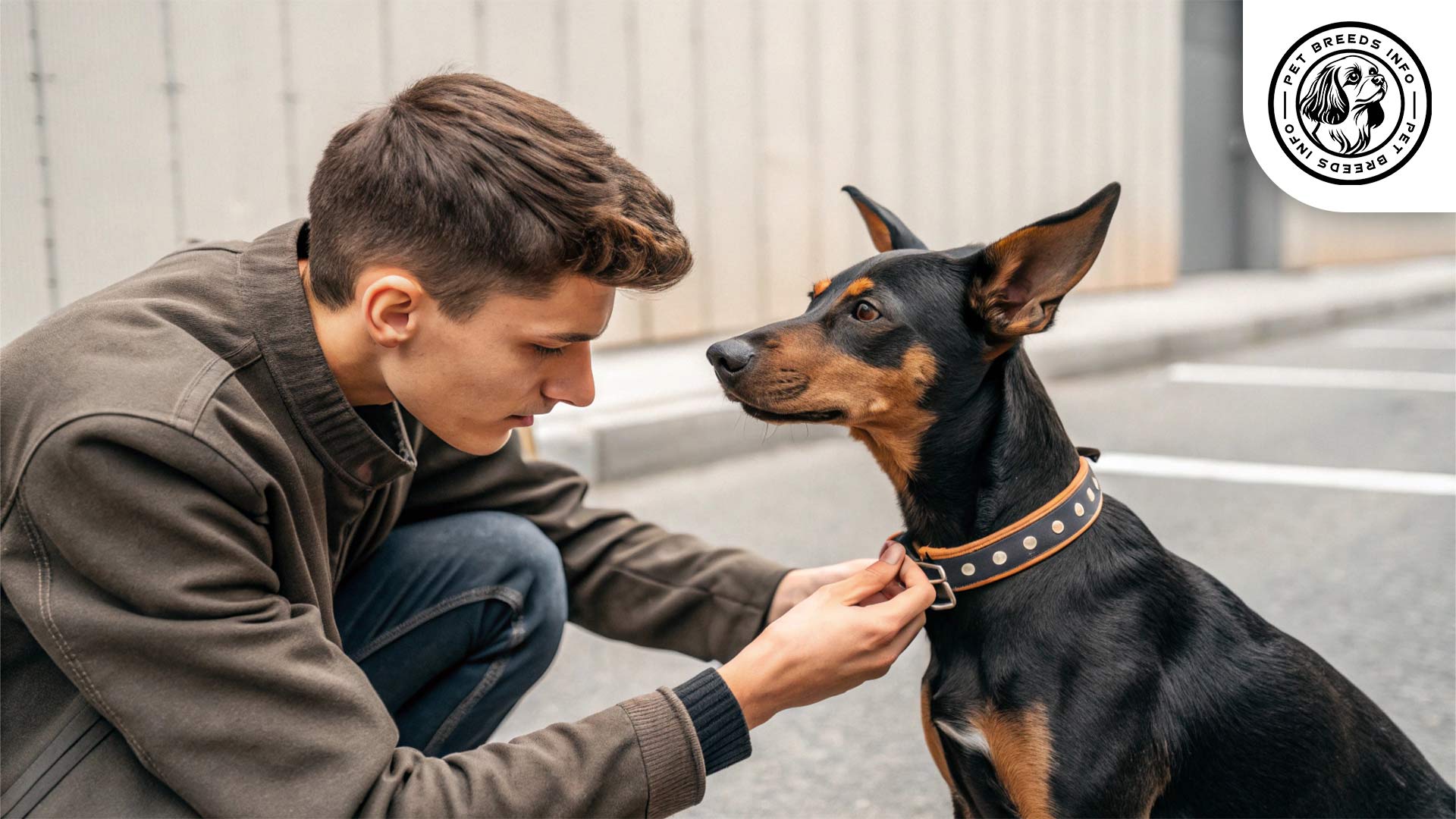
Diet and Nutrition
A balanced diet of high-quality dry kibble, wet food, or a raw diet is suitable for this breed. Protein-rich meals with essential vitamins and minerals are crucial for overall health.
Avoid feeding chocolate, onions, grapes, or excessive fatty foods, as they can be harmful. Meals should be portion-controlled with two meals per day to maintain a healthy weight.
Health and Common Medical Issues
The Austrian Pinscher is generally a healthy breed but can be prone to certain genetic conditions such as hip dysplasia, heart disease, and progressive retinal atrophy.
Routine vet check-ups, vaccinations, and parasite prevention measures are essential for maintaining health.
The breed has an average lifespan of 12 to 14 years, making responsible breeding and regular healthcare essential for longevity.
Training and Behavior Management
The Austrian Pinscher is intelligent but requires firm and consistent training. It responds well to positive reinforcement techniques like treats and praise.
Read More: Alaskan Husky Dog
Early socialization is vital to prevent excessive territorial behavior. Exposure to different environments, people, and animals from an early age will encourage well-rounded behavior.
This breed thrives on structured training sessions and enjoys learning new tricks and commands.
Interaction with Other Animals and Humans
The Austrian Pinscher is affectionate with its family and forms deep bonds with its owners. It is a good family dog and does well with children who understand how to interact with pets.
It can coexist with other pets if raised together, but socialization is important to prevent dominant behavior. Due to its guarding instincts, it may not be overly friendly to unfamiliar animals.
This breed is best suited for active families or individuals who can provide regular interaction and companionship.
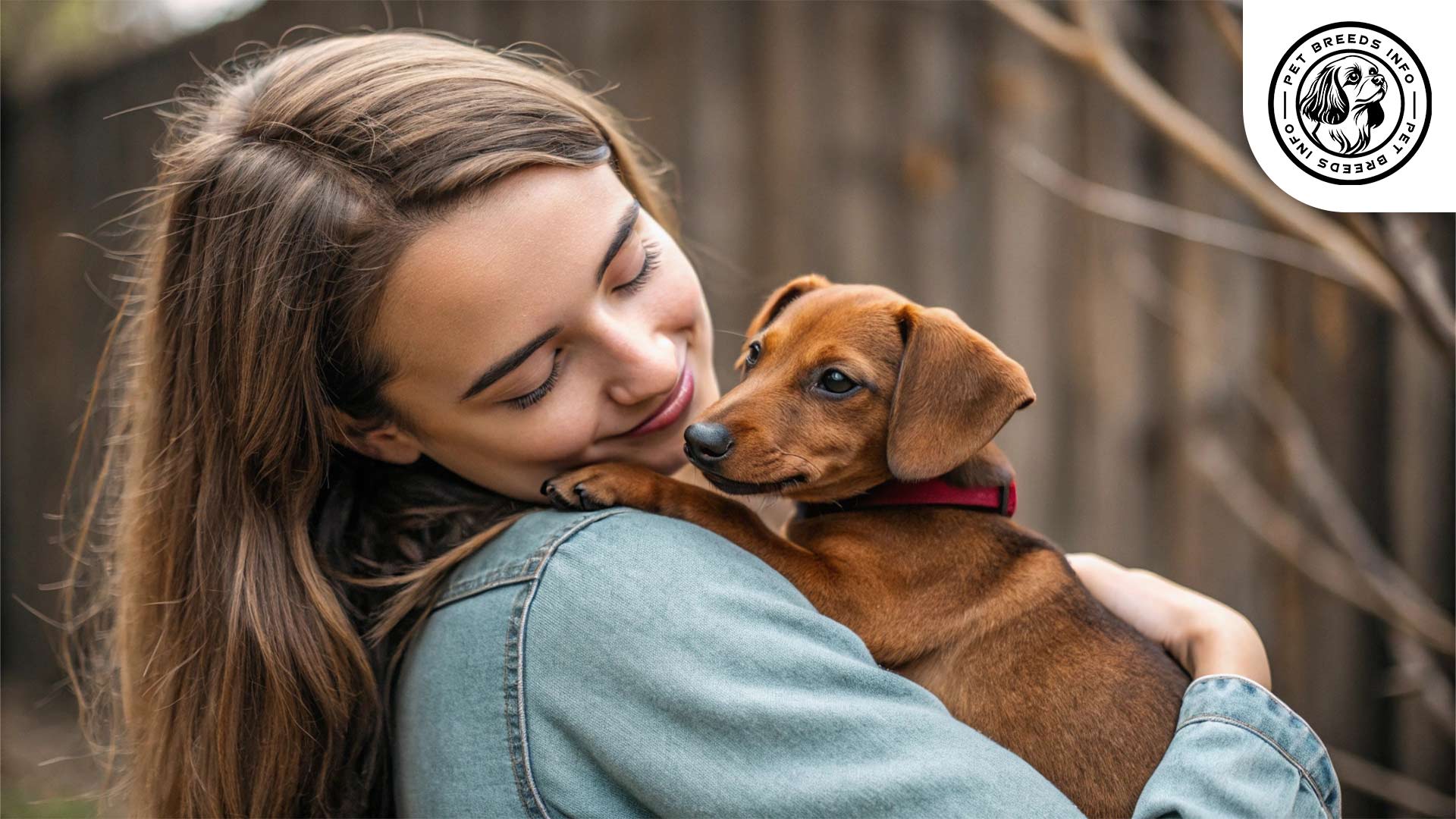
Price and Availability
The Austrian Pinscher is a rare breed, and its price typically ranges between $800 and $1,500, depending on lineage and location.
Prospective owners should seek reputable breeders or consider adoption through breed-specific rescues and shelters. It’s important to ensure ethical breeding practices and a commitment to the breed’s health and temperament.
Conclusion and Final Thoughts
The Austrian Pinscher is an intelligent, loyal, and energetic breed best suited for active owners who can meet its exercise and training needs.
It thrives in a home where it receives regular attention and mental stimulation. Families, individuals, and those with prior dog experience will find this breed rewarding and affectionate.
Read More: Swiss White Shepherd Dog
Before choosing this breed, prospective owners should consider its high energy levels, need for training, and protective nature. With proper care, the Austrian Pinscher makes a devoted and loving companion.
FAQ
Is the Austrian Pinscher a good family dog?
Yes, it is affectionate and great with families, especially when socialized from an early age.
How much exercise does an Austrian Pinscher need?
They require daily walks, play sessions, or agility training to stay physically and mentally healthy.
Is the Austrian Pinscher easy to train?
Yes, but it has an independent streak. Consistent training with positive reinforcement works best.
Does the Austrian Pinscher get along with other pets?
They can live with other pets if raised together, but early socialization is important to prevent dominance issues.
